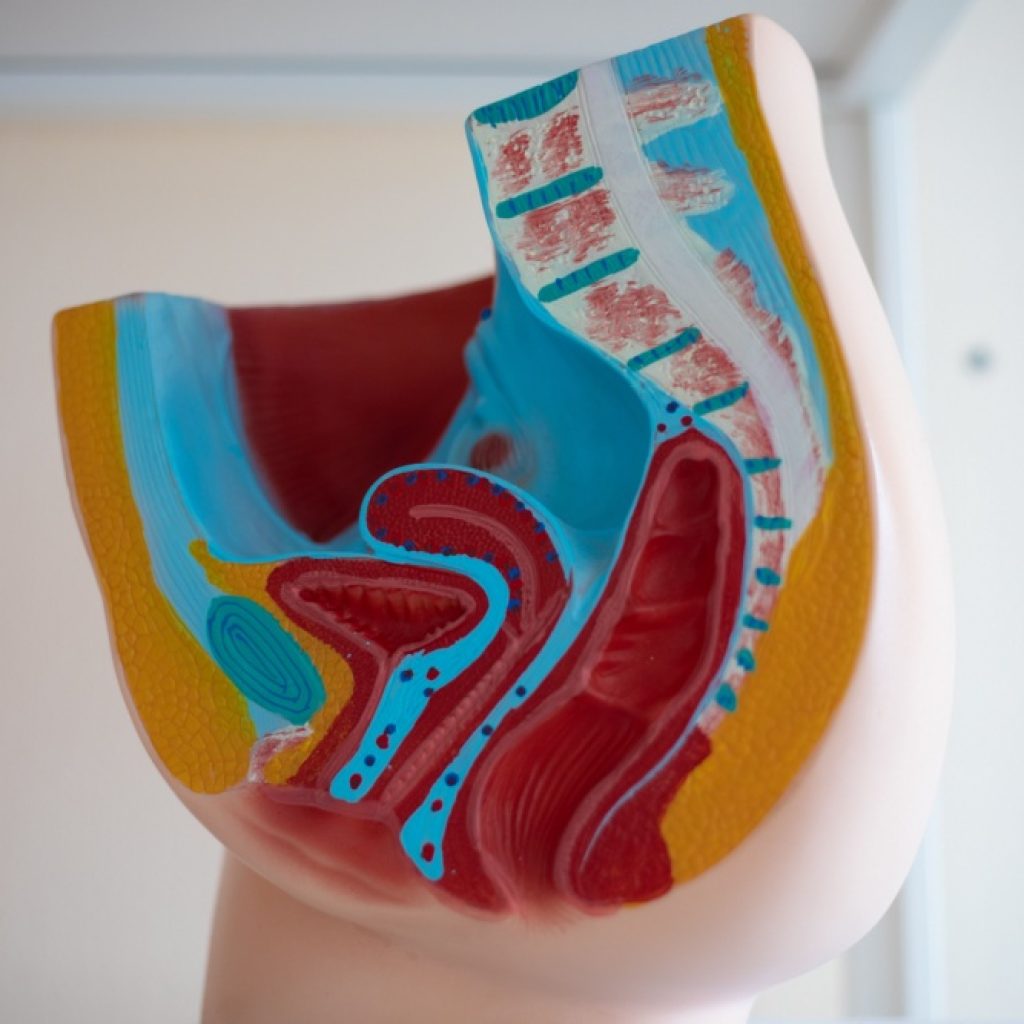Have you ever experienced pelvic discomfort or issues? Pelvic floor dysfunction can significantly impact daily life. Pelvic floor physiotherapy offers a specialized, non-invasive solution. This blog explores what pelvic floor physiotherapy is, the conditions it treats, the techniques used, and the benefits it provides. Discover how this therapy can improve your pelvic health and quality of life.
What is Pelvic Floor Physiotherapy?
Pelvic floor physiotherapy is a specialized therapy designed to treat pelvic floor dysfunction. It is crucial for individuals facing issues like incontinence, pelvic pain, and postpartum recovery.
This therapy targets the muscles, ligaments, and connective tissues that support the pelvic organs, including the bladder, uterus, and rectum.
Common Conditions Treated
Pelvic floor physio is effective in treating a range of conditions, such as:
- Urinary Incontinence: The involuntary leakage of urine.
- Fecal Incontinence: The inability to control bowel movements.
- Pelvic Pain: Chronic pain in the pelvic region.
- Postpartum Recovery: Assisting new mothers in regaining pelvic strength and function.

How Does Pelvic Floor Physiotherapy Work?
Pelvic floor physiotherapy involves a combination of assessment, education, and hands-on treatment to address dysfunction and improve muscle function.
1. Initial Assessment
The process begins with a detailed assessment by a pelvic health physiotherapist. This includes discussing medical history, symptoms, and a physical examination to identify the underlying causes of dysfunction.
2. Personalized Treatment Plan
Based on the assessment, a personalized treatment plan is developed. This may include:
- Manual Therapy: Hands-on techniques to manipulate and mobilize the pelvic floor muscles and tissues, both internally and externally.
- Biofeedback: Using sensors to monitor and provide feedback on muscle activity, helping patients learn how to control and strengthen their pelvic floor muscles.
- Electrical Stimulation: Gentle electrical currents are used to stimulate and strengthen weak or inactive pelvic floor muscles.
- Exercise Programs: Tailored exercises, such as Kegels, to strengthen the pelvic floor muscles and improve function. These exercises are designed to be done both in-clinic and at home.
- Education and Lifestyle Advice: Patients receive guidance on body mechanics, posture, and lifestyle modifications to support pelvic health and prevent future issues.
3. Ongoing Support and Monitoring
Throughout the treatment process, progress is monitored, and the treatment plan is adjusted as needed to ensure optimal results. Regular follow-up appointments help to track improvements and address any new or ongoing concerns.

What are the Benefits?
Benefits of Pelvic Floor Physiotherapy
Improved Bladder and Bowel Control
Pelvic floor physiotherapy can significantly improve bladder and bowel control, reducing or eliminating incontinence.
Pain Relief
Many patients experience relief from chronic pelvic pain after undergoing pelvic floor physical therapy.
Enhanced Sexual Health
Strengthening the pelvic floor muscles can improve sexual function and reduce pain during intercourse.
Postpartum Recovery
Pelvic health physiotherapy aids in the recovery process after childbirth, helping new mothers regain strength and function in the pelvic area.
Overall Quality of Life
By addressing pelvic floor dysfunction, patients often experience an overall improvement in their quality of life, including increased confidence and reduced anxiety related to their condition.

Who Can Benefit from Pelvic Floor Physiotherapy?
Pregnant and Postpartum Women
Pregnancy and childbirth can weaken the pelvic floor muscles, leading to issues such as incontinence and pelvic pain. Physiotherapy helps in strengthening these muscles, promoting recovery, and preventing long-term complications.
Individuals with Chronic Pelvic Pain
Conditions like endometriosis, interstitial cystitis, and prostatitis can cause chronic pelvic pain. Pelvic floor physiotherapy offers relief by addressing muscle tension and improving overall pelvic function.
Men Experiencing Prostate Issues
Prostate surgery or conditions like prostatitis can lead to pelvic floor dysfunction. Physiotherapy helps in managing symptoms and improving quality of life.
Start Your Journey to Pelvic Wellness Today!
Pelvic floor physiotherapy is a vital treatment option for individuals experiencing pelvic floor dysfunction. At Optimize Ottawa, we are committed to providing comprehensive and compassionate care to help you achieve optimal pelvic health.
Our team of experienced physiotherapists utilizes a range of techniques to address your specific needs and improve your quality of life. If you are experiencing pelvic floor issues, don’t hesitate to contact us to book a consultation and learn more about our services. Let us help you regain control and improve your pelvic health.





